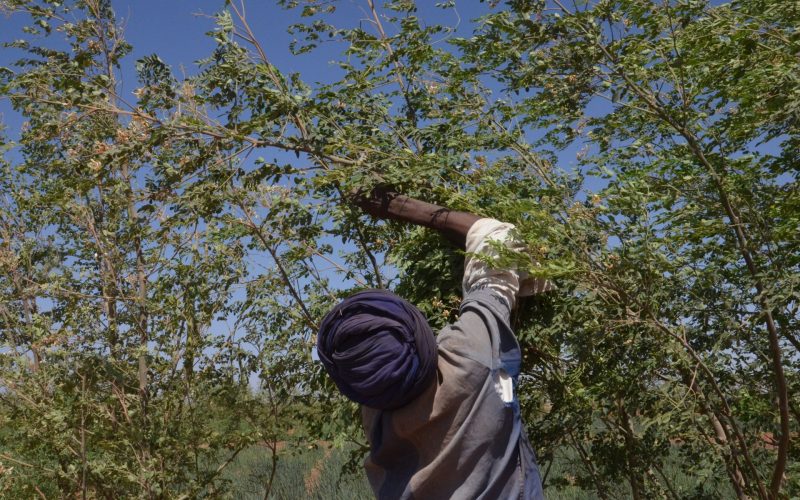South Africa’s re-entry into the international community since 1994 has always emphasised the importance of the economic prosperity of its immediate region as a key dimension, which also directly impacts on the country’s own political, economic and developmental trajectory. Africa and the world have undergone significant changes over the last several years. The global system is now much more fluid and fragmented than ever before, and political and economic threats are much more diverse and unpredictable than ever before.
Security threats now encompass a myriad actors and possibilities – from non-state actors such as radical extremists to transnational environmental threats and those originating in cyber space. In addition, the rise of 4IR technologies like robotics, 3D printing and artificial intelligence will act as key disruptors, both societally in terms of societal interaction and skills requirements, but also economically, in terms of business operations, new and sunset industries, employment creation and labour relations.
The South African Institute of International Affairs (SAIIA) has established a SAIIA Futures Programme that uses a political economy futures lens to prepare for major political, economic, social, security, technological and environmental disruptors facing the region
SAIIA Futures’ purpose is to anticipate those key emerging disruptors that will have a major impact on the member states of the Southern African Development Community (SADC) over a 10 to 30-year horizon.
By examining the potential impact of such disruptors through an inter-disciplinary, complex systems scenario-building approach, SAIIA Futures hopes to contribute to an anticipatory approach to regional policymaking in the sectors that will be most affected and to enable pro-active and collaborative public-private action across the region through anticipatory and pro-active policy responses.
SAIIA Futures is currently focusing its attention on the large-scale adoption of Electric Vehicles (EV) across the world against the backdrop of rapid climate change and its impact on Southern Africa. The study asks penetrating questions about which sectors will be affected most in the region, as well as the potential development trajectories that might evolve should there be a worldwide adoption of electric vehicles as the preferred mode of transport.
SAIIA believes that there will be significant impacts on the following three sectors in Southern Africa: mining, energy and automobile manufacturing with a significant cross-cutting impact on employment, skills development, tax revenues, technology and the environment. Pro-actively preparing for this impact requires the region to undertake bold and forward-looking legislative and policy changes.
More importantly, Southern Africa is uniquely positioned to become a linchpin in the early adoption of the electric vehicle because of its mineral endowment and the quest for answers to solve its energy problems. A pro-active, forward-looking stance towards the adoption of the EV has the potential to catapult the region towards a paradigm shift in both the way that green technology is integrated with mobility in the region, as well as how energy is produced and consumed locally and internationally.
Some of the key considerations for the member states of SADC include:
- What are the potential impacts on the mining sector and political power balance in the region of a shift in mining away from oil and coal towards cobalt and lithium?
- How can states mitigate against the disruption of job markets, address re-skilling objectives and achieve a just and sustainable transition?
- What are the infrastructure requirements of the introduction of the roll-out of EVs in the region and how can states move meaningfully towards the rapid adoption of renewable energy sources?
- How should the region sequence its response – does it want to encourage early adoption of e-vehicle technology leveraging its natural endowment and reaping technological dividends or is it willing to accommodate the potential long-term societal and welfare cost of wanting to protect the auto-market against electric car imports?
- Has the region fully calculated the trade-offs of its various decisions? For example, should Southern Africa accept second-hand internal combustion engine (ICE) vehicles from the rest of the world that will seek markets for this redundant technology, but then itself possibly remain fixed in old technology and behind the rest of the world?
- How should policymakers and industry assess the benefit of cheaper ICE vehicle imports on the mobility of people in rural and unconnected areas?
- What are the taxation and revenue implications of the erosion of the fuel levy?
- What is the time horizon over which outdated technology may be phased out?
- How might the adoption of EVs reap the largest development dividend for the region and help to address the many development challenges of its members?

SAIIA Futures work is supported by the Konrad Adenauer Foundation and the Swedish International Development Cooperation Agency.







